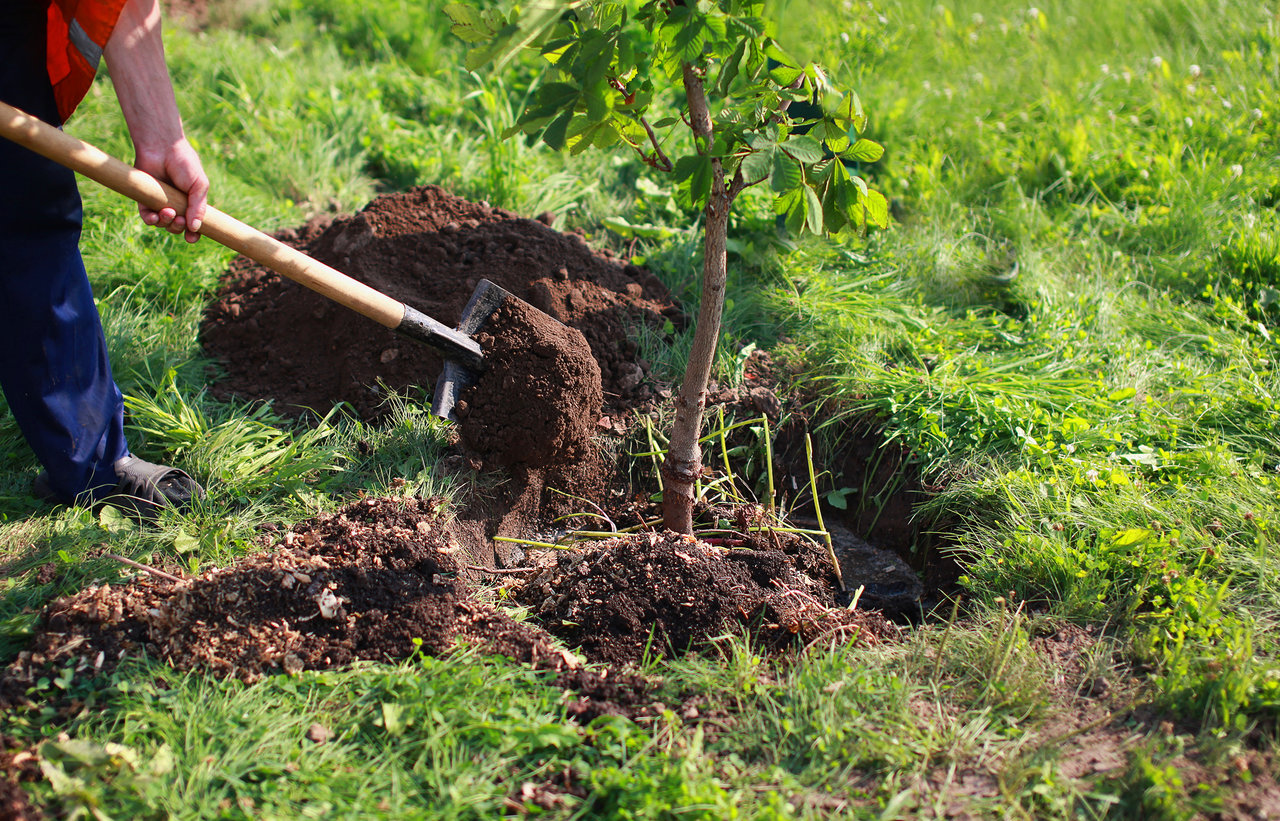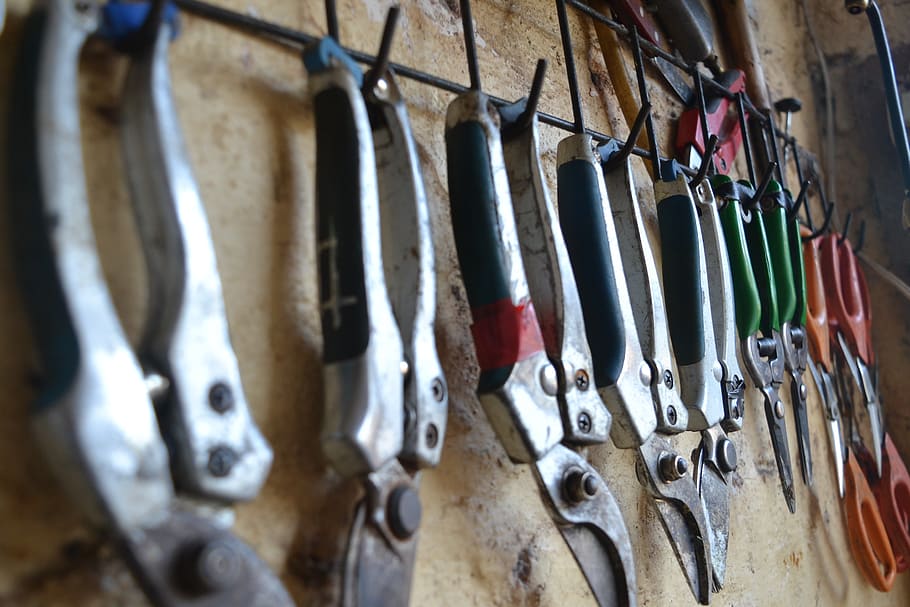
When I moved from the flatlands of the humid Midwest to the Mountain West with its breath-shortening elevations and semi-arid to desert conditions, there was a steep learning curve for me. I had to relearn how to bake, and I had to change some of what I knew about taking care of trees and plants. If you’ve recently moved to the Denver area you may be trying to acclimate as well, hoping you can figure out how to take care of a yard.
Don’t fret, though! Yes, caring for trees takes a little more time in Denver because of the dry climate and high elevation. But with these tips, you’ll be well on your way to maintaining trees in your Denver yard.
1. Water slowly and deeply, adjusting the amount to match the growing season
Depending on where you moved from it may be a big adjustment coming to Denver and needing to water your lawn, flowers, or trees. But the rainfall amounts are so low that most trees need some supplemental water to help them grow better, especially if they are newly planted trees and their root systems aren’t established yet. When giving your tree water it’s best to do so slowly and provide plenty of water. Watering deeper, yet less often, encourages the root system to grow further down, making the tree more drought resistant.
Aim to give water at the rate of a slow trickle (either via a garden hose or drip irrigation) for approximately five minutes per inch of trunk diameter. So if your tree is 6 inches across, give it a trickle of water for 30 minutes.
- In spring water every two weeks.
- During June, July, and August water weekly.
- Drop back to every two weeks in the fall.
- During winter months water once a month if the temperature is above 50 degrees Fahrenheit.
- At all times, follow Denver watering rules.
2. Mulch around the base of your tree
Add 2 to 3 inches of mulch around the entire base of the tree within the dripline. But keep the mulch 4 to 6 inches away from the trunk, leaving the trunk flare visible. Mulch helps to retain soil moisture, prevent soil temperature fluctuations, and reduce weed competition. You can use bark chips, leaves, or pine needles.
3. Follow a regular fertilizer regime
All plants need certain nutrients for growth, and without these essential nutrients, they will show varying deficiency symptoms that may slow the tree’s growth or affect its overall health. Unfortunately, many of the rocky soils of the West are naturally lacking in these nutrients, rendering them less fertile than soils containing high amounts of organic matter. This makes it necessary for you to fertilize your tree periodically to give it the nutrients it needs for optimum growth. Look for a tree specific fertilizer, and apply according to the schedule and dosage recommended on the manufacturer’s label.
4. Prune regularly on a schedule best suited for your tree type
 Your trees will benefit from a regular “haircut,” especially if you have fruit trees growing in your yard. Pruning helps to remove dead or diseased tissue, allows adequate sunlight filtration to the lower interior limbs, improves air circulation to reduce the occurrence of pests and diseases, and keeps the tree at a manageable height.
Your trees will benefit from a regular “haircut,” especially if you have fruit trees growing in your yard. Pruning helps to remove dead or diseased tissue, allows adequate sunlight filtration to the lower interior limbs, improves air circulation to reduce the occurrence of pests and diseases, and keeps the tree at a manageable height.
Trees will have slightly different pruning schedules if they are an ornamental versus a fruit-bearing tree. The trees have different needs and growth habits. Different fruit-bearing trees have different pruning needs as well. It’s best to look up information on pruning specific to the tree(s) you have.
5. Use tree wrap in the winter
It’s recommended that certain types of deciduous trees should be wrapped to protect the bark from damage or splitting that occurs in relation to winter conditions.
According to Planttalk Colorado, a service sponsored by Colorado State University Extension, Denver Botanic gardens, and the Green Industries of Colorado, high-intensity sunlight occurring during winter days warms the bark of the tree. This warming of the bark triggers cells to “break” dormancy, stimulating cellular activity. When the sun sets or a sudden drop in temperature occurs these active cells and conductive tissues known as the xylem and phloem are killed. The resulting injury presents itself as sunken and discolored bark. Over time it may peel or flake off to expose dead tissue underneath.
Trees on the south side of buildings are most susceptible, especially the southwest side of the tree.
It seems pretty simple, right? It really is, so get out there and properly take care of the trees in your new yard!